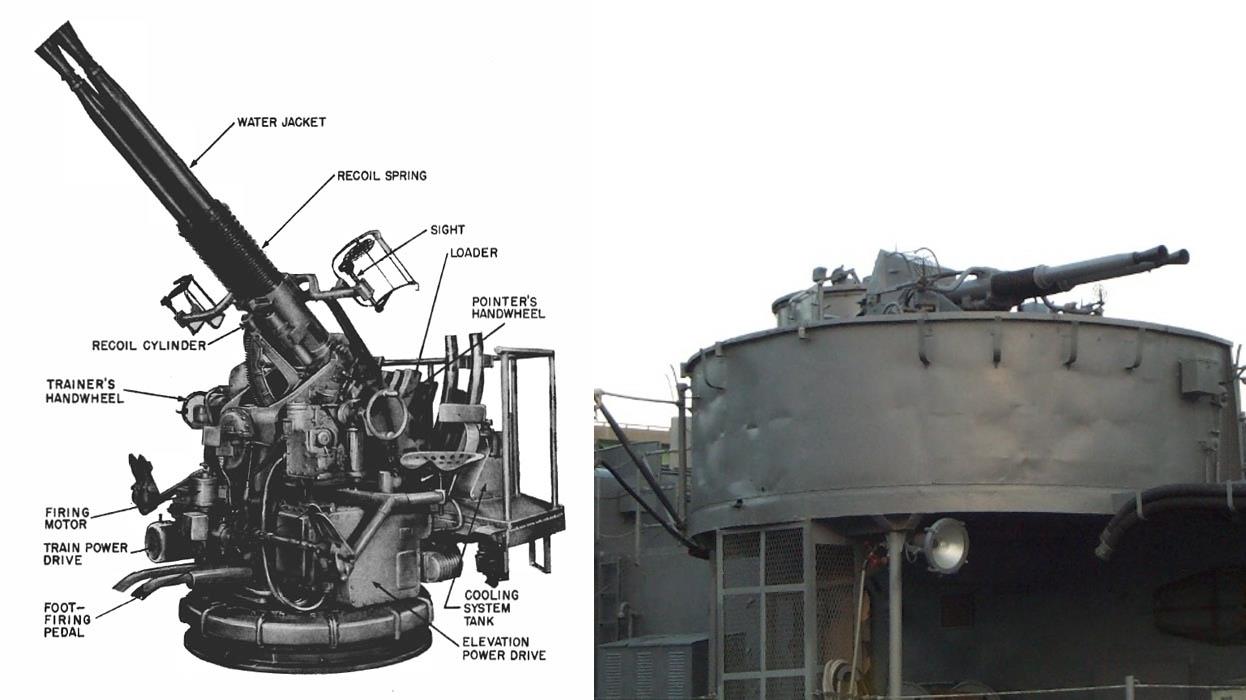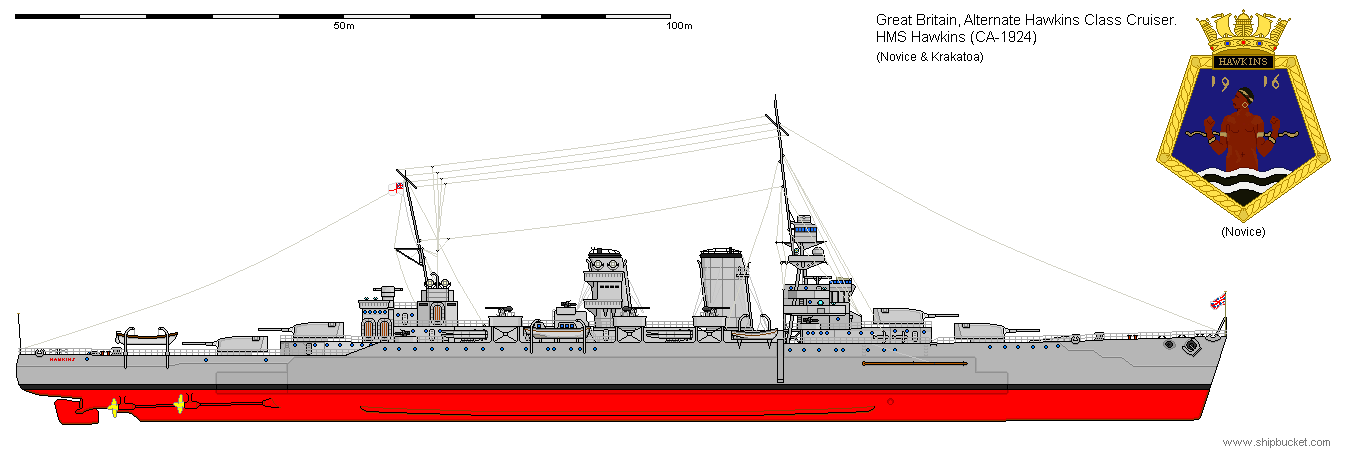HMAS Geelong (CA-1923)
Back to Ship Index
These two ships, HMAS Woolongong and HMAS Geelong, were conceived to find, run
down and sink the German raiders that were operating in the Indian Ocean and
South Atlantic
in1915-16. Laid down in 1917 these were the largest cruisers yet built for the Australis Navy and were originally classed as Armoured Cruisers as they were of
a size and armour with the earlier Duke class ships Australia had built. The
7.5" guns for the ships were provided from the old pre-Dreadnought Otago and the
spares that had been kept for those ships. The armament was to comprise 4 twin
turrets of 7.5" in pairs fore and aft with superfiring turrets as per the Queen
class layout. Speed was to be increased from the C/D types 29knots to 32 knots. These were the Australis Navies equivalents to the E and F, and Frobisher class
(redundant). The ships were based on the E-F type but the Australis wanted
something bigger to be able to patrol out into the Pacific as well as the
Atlantic and Indian Oceans. (I have added the Hawkins class drawings at the
bottom of the page to show the difference.)

Unompleted by the end of First World War, their construction was significantly
slowed and the ships were not completed till 1923-24. They were nearly axed by the
Washington Treaty as their standard displacement exceeded treaty limits. The two
ships were given a dispensation because the Australis Navy said outright that
they were not going to scrap two brand new cruisers over 1000 tons just because
some foreign people said they should. The language used at the time was slightly
more colourful and got the point across to the "stuffed shirts". The
other reason the signatories were not too worried about these ships were that
they were armed with 7.5" guns while the new limit was to be 8" guns.
Their war service showed that the extra armour the ships had over their foreign
rivals was to be decisive.
.PNG)
Throughout their service, the ships were added to and then subtracted from as
new parts were conceived and added while other parts became redundant or
obsolete. Aircraft handling facilities were added in 1929 and then removed in
1942. the two sets of torpedo tubes were removed in 1942 as well. From 1939
onwards more and then upgraded radar sets were added for search, targeting and
anti-aircraft duties. The minor AA weapons started receiving their own radar
predictors from 1941. The single 4" AA originally fitted were replaced with twin
mountings in 1937. A HACS unit was added to the sides of the bridge in 1934 and
these were fitted for radar control in 1940. Twin 40mm were added in 1941.

| Displacement |
11,500 tons std, 14,200 tons full load |
| Length |
606 ft |
| Breadth |
62 ft |
| Draught |
21 ft |
| Machinery |
2 shaft steam turbines 80,000shp |
| Speed |
32 knots |
| Range |
7000 miles at 15 knots |
| Armour |
5" side, 2.5" deck, 5"/3" turrets |
| Armament |
As completed to 1930
8 x 7.5" (4x2)
4x 4" (4x1)
14 x 2pd (1x8, 6x1)
|
With refits to 1942
8 x 7.5" (4x2)
8x 4" (4x2)
32 x 2pd (4x8)
12 x 40mm (6x2) |
| Aircraft |
2 |
nil |
| Torpedoes |
6 x 21" (2x3) |
nil |
| Complement |
770 (800 as flagship) |
| Notes |
HMAS Geelong (1923) Sunk at Battle of Ironbottom Sound
14/11/1942
HMAS Woolongong (1924) |
My original drawings for the Dunedin type used some very old parts, all of which
required updating.


Frobisher Class Heavy Cruisers
The following drawings show how I used the Frobisher class hull as a basis for
so many different types of cruisers This included 12x6" light cruiser (see
CL Melbourne).
Next types are heavy cruisers armed with 8x7.5" on the Hawkins hull. These ships
were to replace the County class with 8x8". First with original layout.



Next type was a change from the 8" County to a light cruiser with 10x6".

More AA types. The original Admiralty Specifications called for 5.25", the
4"/4.5"/5" are types that the Shipbucket members felt could have been tried.
First two drawings are AA conversions from the original Hawkins layout. One is
Lend-Lease with 5"/38, the other with 4.5"/4.7" UK AA guns.







Back to Ship Index










